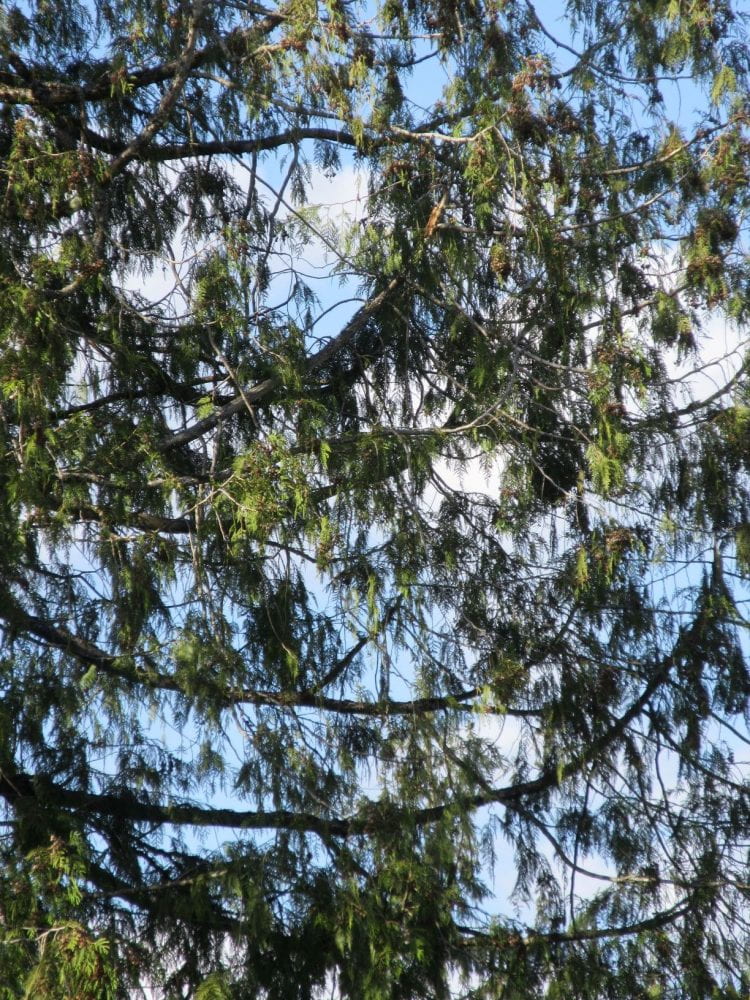By Zuzana Vasko (PhD, Lecturer, Faculty of Education, Simon Fraser University; Artist)
For me, one of the great values of imagination is that it affords us the ability to empathise with others. It is a feat of imagination, after all, to understand what it might be like to be in the situation of another, to feel how it might be to inhabit their body, particularly if their experience and life is vastly different from our own.
In industrialized Western reasoning, humans have long been the only ones who have a voice, who perceive, and who have consciousness and capable sensibilities. This is valuable to reflect upon when we ask ourselves why we have mistreated our ecosystems and the beings who depend on them. Ecologically concerned writers such as James Hillman and Theodore Roszak invite us to consider that consciousness is not an exclusively human phenomenon. Others like Robert Bringhurst and Tim Lilburn suggest that culture and communication are not exclusive to humans either: birds and mammals, for example, teach their young and this teaching is a means of communication, an acculturation into the society in which they live. Many Indigenous forms of learning have encompassed the view that animals, birds, and trees – even rivers, mountains and winds – are animate. Often these entities have powerful capabilities of perception and communication, just like humans do.
Many adults may feel they are able to consider this more animate view only through a lens of looking toward our pre-civilized past, or, through an anthropological nod to indigenous cultures. One might experience dismissive responses (as I have) at the suggestion, for example, that a tree might sense things, that a fern experiences joy, or that the land itself is a living entity. A skeptical response might question how sane or rational we are; at best, we might simply be viewed as strange. If a child’s imagination inhabits the experience of a heron or of a wolf, however, we don’t dismiss that quite so quickly. And thankfully so, for this natural capacity for empathetic imagination can be a powerful means to create ecological connections.
When we start to imagine that other members of the landscape are alive and have experiences, everything changes.
 We begin to see them, as well as our own position in the world, very differently. My own experiment with this began when I started writing a narrative from the point of view of the cedar tree across the street from my house. It was an activity that led me to endless wonder and appreciation of the experience and form of the cedar. How, for example, does it sense the world around it? If it cannot see and hear like I can, how does its sensing work? I had the revelation that our main sensing (sight, hearing) is at the top of our bodies but that the cedar would rely on the fine tendrils of roots deep beneath the earth, where chemical exchanges occur. How might this cedar respond to the loss of a few neighbouring trees that had recently been culled? Does it miss them, as we might miss certain neighbours who are gone? (Or be glad to see them go?) Does it feel a bit of momentary company from a crow who lands on its branches? How might it yearn for, or anticipate, rain during a dry spell?
We begin to see them, as well as our own position in the world, very differently. My own experiment with this began when I started writing a narrative from the point of view of the cedar tree across the street from my house. It was an activity that led me to endless wonder and appreciation of the experience and form of the cedar. How, for example, does it sense the world around it? If it cannot see and hear like I can, how does its sensing work? I had the revelation that our main sensing (sight, hearing) is at the top of our bodies but that the cedar would rely on the fine tendrils of roots deep beneath the earth, where chemical exchanges occur. How might this cedar respond to the loss of a few neighbouring trees that had recently been culled? Does it miss them, as we might miss certain neighbours who are gone? (Or be glad to see them go?) Does it feel a bit of momentary company from a crow who lands on its branches? How might it yearn for, or anticipate, rain during a dry spell?
All of this active wondering came about through the combination of knowing, or learning, something of the biology and perhaps the chemistry of trees, and from careful observation – spending time attending to the cedar, and then imagining from that observation. It was a not a matter of flights of fancy from another perspective, but of close attention to – and wonder at – what a tree’s experience might actually be like. It also led me to want to find out more, and to immerse myself in Peter Wohlleben’s book, The Hidden Life of Trees.
If students are invited to write – even just a few lines, depending on their age – from the perspective of another being, they may come up with some wondrous narratives. Yet perhaps the real value of the task is less in the writing itself than in the experience of imagining, of seeking to understand, to wonder at, and perhaps empathise. I often recall a quote from Iris Murdoch, who says that “we use our imagination not to escape the world, but to join it” (1970, p. 88)
Integrating writing from the view of another living entity into learning about that entity is very different from isolated creative writing prompts that simply ask students to imagine from the perspective of another being. Careful groundwork needs to be laid first. Carolyn Mamchur, whose specialty in teacher education at SFU is in Writing, has expressed frustration at the inanity of creative writing tasks such as ‘pretend you are a giraffe’. Without a real context and knowledge base – one that ideally includes lived experience of what is being written about – tasks such as these can be void of meaning.
The real value of imaginative writing is to move– to transport – into another way of knowing, feeling and understanding.
I think this adds an important emotional component to learning about the neighbours we have in our ecosystems.
Reference
Murdoch, I. (1970). The Sovereignty of Good (London: Routledge and Kegan Paul), p. 88.
About The Author
 Dr. Zuzana Vasko‘s research interests are in arts-based environmental learning, looking at how aesthetic engagement and creative practice can bring us closer to the natural world, particularly in areas close to home. Her teaching spans the areas of Arts Education and Academic Writing (Simon Fraser University) and Interdisciplinary Expressive Arts (Kwantlen Polytechnic University). For Zuzana, the common thread between these areas is how human expression can enable a sense of personal meaning and connection with the world around us. Zuzana’s visual art practice explores our relationships and communication with the natural world. Zuzana is also a member of CIRCE’s Academic Council.
Dr. Zuzana Vasko‘s research interests are in arts-based environmental learning, looking at how aesthetic engagement and creative practice can bring us closer to the natural world, particularly in areas close to home. Her teaching spans the areas of Arts Education and Academic Writing (Simon Fraser University) and Interdisciplinary Expressive Arts (Kwantlen Polytechnic University). For Zuzana, the common thread between these areas is how human expression can enable a sense of personal meaning and connection with the world around us. Zuzana’s visual art practice explores our relationships and communication with the natural world. Zuzana is also a member of CIRCE’s Academic Council.

